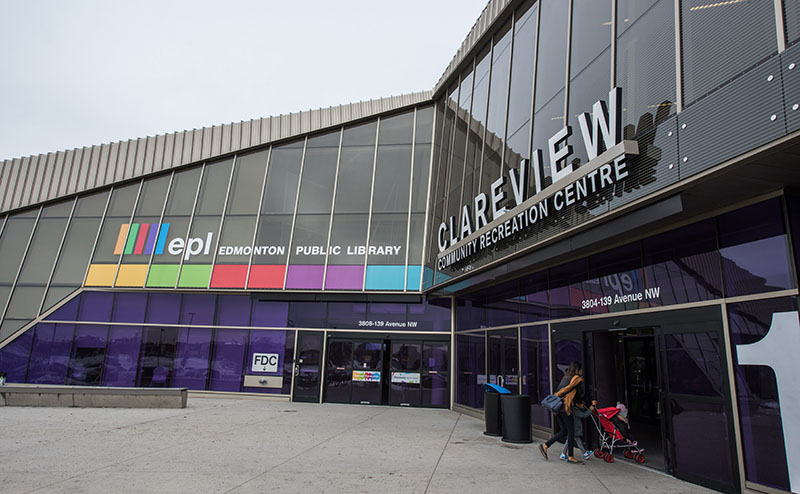Life-cycle costing is a way to figure out the total cost of owning, operating, maintaining, and disposing of something over its entire life. This method helps us compare different options so we can choose the best option. It lets us look at construction and material costs or plan for future expenses. It helps us plan for future expenses such as repairs and replacements. By using life-cycle costing, we can make better decisions about how to invest in infrastructure.

Discover some of the tools Edmonton uses to make informed choices about what infrastructure needs to be fixed or improved.
It's important for the City of Edmonton to understand the assets it owns and manages. This knowledge helps decision-makers make better choices about what infrastructure needs to be fixed or improved. However, the city has limited resources and many different types of assets to consider, such as roads, parks, transit, and recreation facilities. Deciding which ones are the most important to invest in can be tricky.
The City has developed unique tools to help City Council and administration make these difficult decisions. These tools help them decide how much money should be spent on maintaining and replacing existing infrastructure while also dealing with the need for new infrastructure. The tools developed over the past 20 years are based on extensive research and testing.
Examples of Infrastructure Management Tools
Overall, these tools are an important part of how the City manages its infrastructure and helps ensure that assets are well-maintained and managed for the benefit of its residents. These tools include:
- Life-cycle Costing
- Risk-based Infrastructure Management System
- Standardized Rating System
- Risk Assessment
Life-cycle Costing
Risk-based Infrastructure Management System
Standardized Rating System
Risk Assessment
Level of Service
Level of Service can be subjective; without a target, it is difficult, if not impossible, to determine what’s needed. Level of service can also depend on the willingness to spend. It may affect either the services or the frequency of service provided. We need service targets to determine what needs to be done to the asset and how much investment is required.
Some assets have a defined level of service, either technical (for example, design life) or the need for the service, which are found in master plans created by the service providers. For example, a fire station master plan maintains a service level of one fire station per 40,000 people. In place of specific guidelines, Edmonton has historically used the assessment of demand/capacity or functionality to determine the level of service.
Planning
The City Plan outlines how we will get to a future city with the benefits we enjoy today along with new opportunities for the future. The City Plan is about our spaces and places and how we move around the city. It is about our community and what we must do together to grow, adapt and succeed. The City Strategic Planning Framework is the collection of 6 plans and processes that guide how the City of Edmonton works to make a better life possible for Edmontonians.
The City's levels of service are determined by Edmonton City Council and by looking at industry best practices. The level of service for the renewal program focuses on the technical performance targets of our infrastructure, the objectives of The City Plan, and of other service level strategic plans.
As listed in the City's Corporate Business Plan 2023-2026, the City has 70 lines of business, which can be interpreted as the services we offer. The City’s assets are an important component of its service delivery.
The City’s renewal program ensures its assets are safe and reliable. Below are some of the services we offer or contribute to:
- Movement of Goods and People
- Recreation and Culture
- Environmental Protection
As a service provider to Edmontonians, sometimes the City continues to provide legacy services, which The City Plan does not identify. Through continuous improvement efforts, the City examines the need to continue or discontinue a service.
We make investment decisions based on approved plans, outcomes and legislated requirements. Therefore, the levels of service are well-defined as they relate to achieving the outcomes of The City Plan and adhering to the technical design standards of the assets entrusted to the City.

